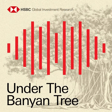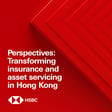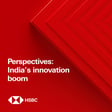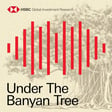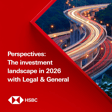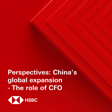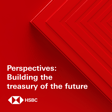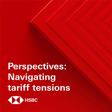
Treasury Beyond Borders: How Asia’s treasurers are redefining risk and liquidity management
From shifting supply chains and tokenisation to the meteoric rise of real-time payments, Asia is pushing the boundaries of treasury best practice. In this instalment of TMI’s Treasury Beyond Borders series with HSBC, Sridhar Narayan and Yvonne Yiu reflect on how treasurers are responding – and explain why the region has become a leading light for financial innovation.
Disclaimers:
HSBC AI Markets is for existing clients. The information contained in marketing materials is for demonstration only. The Bank is not responsible for any loss, damage, or other consequences of any kind that you may incur or suffer as a result of, arising from or relating to your use or reference of the information in this material. The information provided to you on HSBC AI Markets is intended only for professional sophisticated and/or eligible clients, investors or counterparties.
HSBC AI Markets allows users to access certain HSBC data using Natural Language Processing (‘NLP’) which provides the ability to interpret and comprehend human language. The NLP parser employed by HSBC AI Markets will attempt to match a user’s query to the appropriate answer based on the data available to it. Aspects of this NLP model use Machine Learning which is a subset of artificial intelligence using mathematical tools and algorithms to create a model that can be used to make predictions. HSBC AI Markets does not use Generative AI which builds on Machine Learning to take content in the form of text or other formats and generate new context as text or other formats. Information provided by HSBC AI Markets is indicative, its accuracy may vary and should be used for information purposes only.


